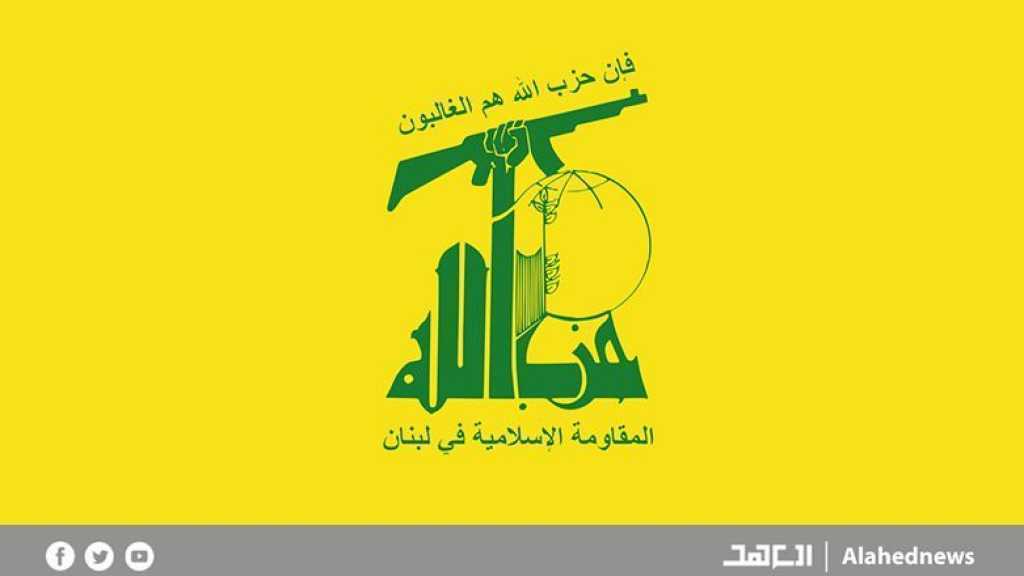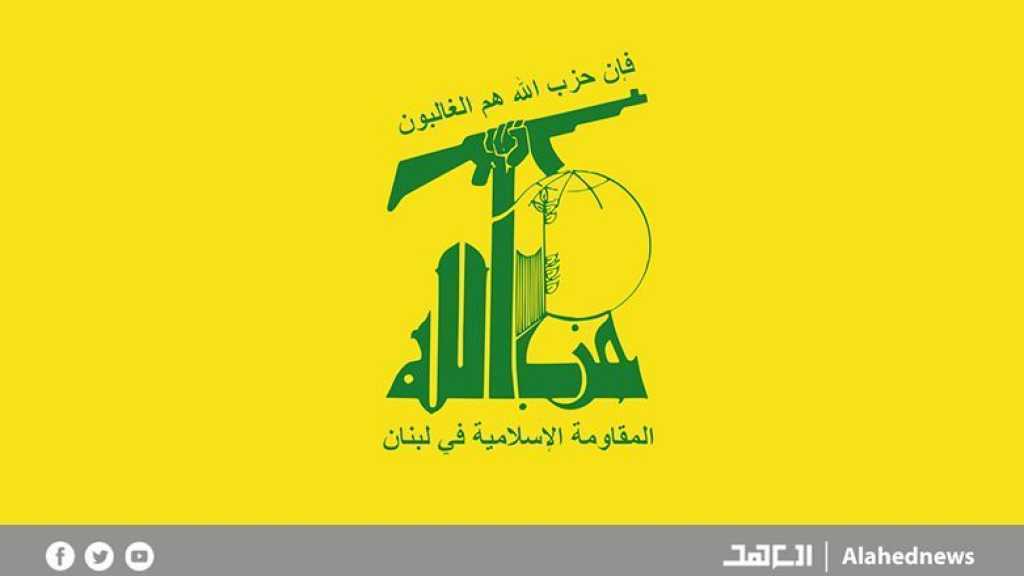
Lebanese President Says Possible to Overcome Maritime Border Issues

By Staff, Agencies
Lebanese President Michel Aoun Wednesday said it was possible to overcome difficulties that emerged during the latest round of indirect talks between Lebanon and the Zionist occupation entity on maritime border demarcations, during a meeting with the US ambassador leading the mediation team.
Aoun said it was possible to overcome the difficulties through in-depth discussions on international rights and the law of sea, during his meeting with Ambassador John Desrocher, the side leading the US mediation in the indirect border talks between Lebanon and the Zionist side.
Aoun further stressed that Lebanon maintains its sovereignty on its land and water, and wants the success of these talks to reinforce stability over the southern border and provide the opportunity to invest in natural resources.
His comments follow the postponement of the latest round of indirect talks between Lebanon and the ‘Israeli’ regime that were set for Wednesday, with the Zionist military installing a new naval buoy in Lebanese waters one day after the rescheduling was announced.
The buoy was installed within Lebanese waters Tuesday, at Ras al-Naqoura to mark the ‘Israeli’ occupation of a disputed area of 860 square kilometers.
The source said that the Zionist entity is attempting to impose the boundary on Lebanese negotiators by installing the buoy and waiting for UNIFIL’s response to the action.
Lebanon's delegation has pushed for an additional 1,430 square kilometers to be included in Lebanese territory on top of the already disputed 860 square kilometer area. Both sides say the latter is in their respective Exclusive Economic Zone and brings what is now a Zionist gas field into disputed territory.
Currently, Lebanon also disputes 13 land points along the UN-demarcated land border, known as the “Blue Line.”
Comments
- Related News



